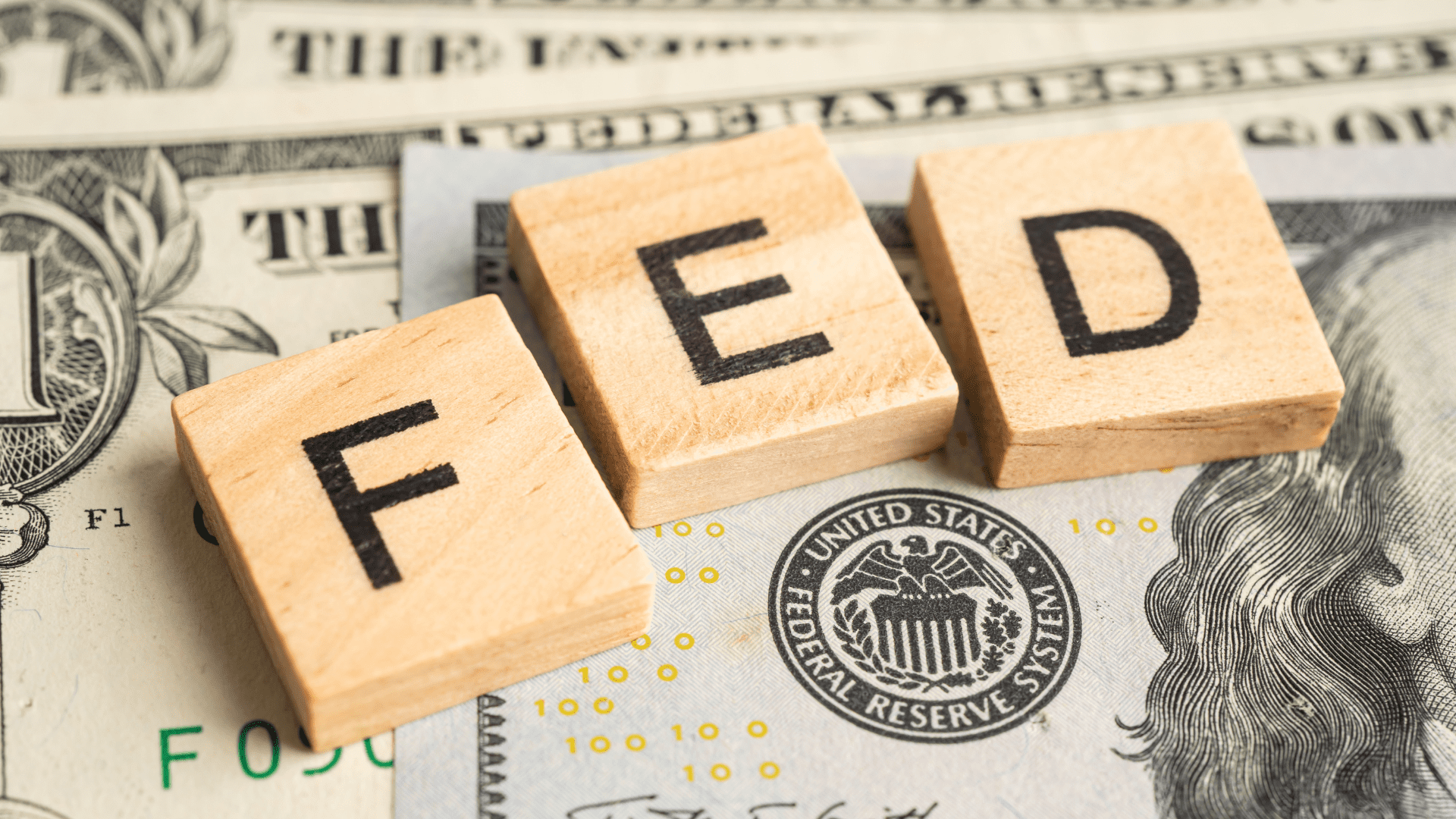Aoifinn Devitt CFP® – Chief Investment Officer
Charles O’Rourke, CFA – Fixed Income Analyst
Money talks. For centuries, money and capital in general has been used as a lever to effect change, have influence and make a difference. The awakening of interest in responsible investing by asset owners captured the imagination of an industry primed to adapt to changing investor appetite. The decade between 2010 and 2020 was a year of eye-popping growth in sustainable strategies loosely gathered under the umbrella of Environmental, Social and Governance (ESG) issues. Between 2010 and 2020 the total number of global ESG ETFs had grown from under 100 to nearly 500.Since then, this number has now grown to over 1,200. Assets under management has swollen from $6 billion in 2015 to more than $500 billion today. So investors clearly were and continue to put their money where their hearts and mouths are.
This growth in ESG investing coincided with an uptick in activism and shareholders enacting board resolutions on issues that mattered to them. The key issues driving this activism were: executive pay; governance concerns; anti-corruption; sustainable corporate behavior; and the dominant issue, climate change and carbon emissions.[1] Investors are demanding action, and are demanding evidence that this action is actually effective and delivering change.
However, capital, being scarce, and with considerable power, is notoriously divisive, too. As the political backdrop in the US has evolved, opposition to activist approaches has hardened. Certain states are now limiting the scope of applying socially responsible lens to their government pension plans. (e.g. Florida just passed a bill barring state and local governments from factoring in environmental, social or governance (ESG) factors in their decision of whether to invest or contract with specific businesses. Texas is considering similar legislation and has put certain investment management firms on a “do not invest” list). The actual effect of these tactics is so far unknown. To date it does not seem as if there is much dent being made in the trajectory of market demand.
According to a survey by Ernst and Young (EY))[2], investors’ appetite for socially responsible products continues to increase, and within the survey 14% of investors are required to invest and 29% anticipate being required to invest in these products in the next two to three years. EY states that this trend is relatively new but expected to continue to grow, and refers to the significant investor capital backing this interest. That survey also found governance and climate risk as the two driving issues affecting demand.
What sectors are now developing most actively?
For years, investors and managers alike have bristled at the term “ESG” claiming it is a grouping for numerous issues, not all of which co-exist (e.g. good governance and a de-carbonizing agenda), becoming a flawed lightning rod for division. As a result the name is now being de-emphasized and the largest body of new products are being developed in the area of thematic ETFs, with climate-focused products making up around 40% of new launches in Q1 (Bloomberg). As the growth in the ESG universe demonstrates there has been a surge in both passive and active solutions and, although somewhat slower now, there is still a growing body of interest in climate tech and other venture solutions as well as dedicated private equity vehicles.
The “holy grail” of early sustainability activists has always been widespread adoption of these principles, when ESG principles are seen as risk factors alongside other risk factors and incorporated into every investment process. We are seeing more and more evidence of this, particularly in areas such as infrastructure and real estate, where energy efficiency and impact are core components of the investment case. Similarly, equity and fixed income analysis involves an assessment of all risk factors and bad governance as well as a lack of readiness for regulatory change (e.g. around emissions) are risk factors that should inform any investment analysis.
Labels: From Green Washing to Green Hushing
When it comes to labeling, there is appropriate focus around claims that are exaggerated or opportunistic reasons; to that end, the SEC is reviewing proposals regarding classification standards. However, while the focus in this is around “green washing”, another practice has developed, that of “green hushing”. In response to the concern about blacklisting by states that outlaw sustainable investing approaches, some managers may play down how much sustainability is included in their investment process. For investors seeking access to investment opportunities that really align with their principles, this just means spending more time “under the hood” than focused on labels. It is where most investors should have been focused anyway, so while the disconnect is strange, it is probably one that we can live with.
In Europe, so-called Article 9 funds have enjoyed an increasing share of inflows relative to those in the Article 8 category, which have less-strict criteria to meet classification. The EU’s Sustainable Finance Disclosure Regulation (SFDR) has three categories: Article 6 funds are not ESG-focused; Article 8 funds promote environmental or social causes by integrating ESG into the investment process; and Article 9 funds target sustainable investments explicitly as a core objective of their offering. After the EU adopted technical standards for classification in April 2022, many asset managers downgraded their Article 9 products lineups to Article 8 given the various uncertainties regarding compliance and enforcement of the standards. As the EU continues to add clarity to the standards, a wave of upgrades to the Article 9 classification has occurred, and the trend may accelerate given the data surrounding fund flows.
Show Me the Money: Performance
Having enjoyed outsized fund flows and solid performance in the years running up to the pandemic, the spike in energy prices left some sustainable investing strategies trailing mainstream products. In 2021 the S&P 500 Energy Index delivered a 54% total return and in 2022, it returned 65%. Over the same periods, the S&P Global Clean Energy Index returned -23% and -5%, respectively. Funds that were underweight energy underperformed, although many would have attributed this to an anomalous short term move instead of it being representative of a longer term return pattern. ESG funds slightly underperformed mainstream funds in 2022 but performance year to date has turned positive. The ten most popular ESG ETFs by assets under management which are invested in US large caps have generated a median return of 10.4%, higher than the S&P 500’s 8.7% (total return YTD as of May 23rd, 2023).
Overall, the field of sustainable investing products is emerging from its childhood into a somewhat turbulent adolescence. As it tries on new identities and explores fashions and fads there will be hits and misses and the sector may be less popular as it becomes road tested and no longer novel. This is an important part of its maturation however and we remain excited by the depth and breadth of the current product range and its evolution beyond the headlines and rhetoric of the last decade.
[1] US SIF Foundation November 2020; https://www.visualcapitalist.com/fact-check-the-truth-behind-five-esg-myths/
[2] Ernst & Young, November 15, 2022; https://www.ey.com/en_us/wealth-asset-management/global-alternative-fund-survey
Definitions
The S&P 500 Index is a free-float capitalization-weighted index of the prices of approximately 500 large-cap common stocks actively traded in the United States.
The S&P 500 Energy Index comprises those companies included in the S&P 500 that are classified as members of the GICS® energy sector.
The S&P Global Clean Energy Index is designed to measure the performance of companies in global clean energy-related businesses from both developed and emerging markets, with a target constituent count of 100.
Disclaimer
© 2023 Advisory services offered by Moneta Group Investment Advisors, LLC, (“MGIA”) an investment adviser registered with the Securities and Exchange Commission (“SEC”). MGIA is a wholly owned subsidiary of Moneta Group, LLC. Registration as an investment adviser does not imply a certain level of skill or training. The information contained herein is for informational purposes only, is not intended to be comprehensive or exclusive, and is based on materials deemed reliable, but the accuracy of which has not been verified.
Trademarks and copyrights of materials referenced herein are the property of their respective owners. Index returns reflect total return, assuming reinvestment of dividends and interest. The returns do not reflect the effect of taxes and/or fees that an investor would incur. Examples contained herein are for illustrative purposes only based on generic assumptions. Given the dynamic nature of the subject matter and the environment in which this communication was written, the information contained herein is subject to change. This is not an offer to sell or buy securities, nor does it represent any specific recommendation. You should consult with an appropriately credentialed professional before making any financial, investment, tax or legal decision. An index is an unmanaged portfolio of specified securities and does not reflect any initial or ongoing expenses nor can it be invested in directly. Past performance is not indicative of future returns. All investments are subject to a risk of loss. Diversification and strategic asset allocation do not assure profit or protect against loss in declining markets. These materials do not take into consideration your personal circumstances, financial or otherwise.



